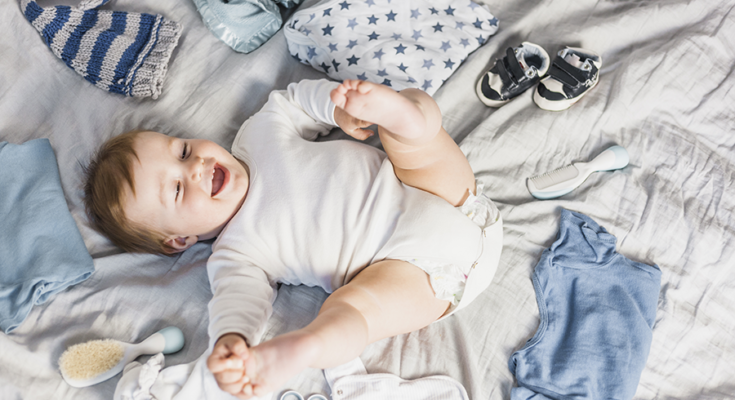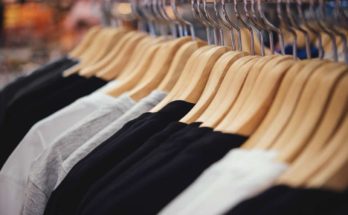Each child may have their own needs and new demands as they grow up. The amount and type of clothing, whether warmer or lighter, will also vary with family habits and the season. But some general tips can greatly ease the task of making a newborn layette, or more simply put a wardrobe of newborn baby clothes.
That’s why we’ve put together 12 tips that will help you make conscious and truly useful choices for your Cute Onesies For Newborn Babies layette. Check out!
Here are 12 Tips to pick out the Best Newborn Baby Clothes for your baby:
1. Stay tuned for the seasons
Before starting the layette the mother should calculate at what time of year she will be born. If it’s summer, prioritize lighter clothes – especially for those who live in very hot regions. If your baby is going to be born in winter, invest in warmer pieces, especially plush, soft and cotton.
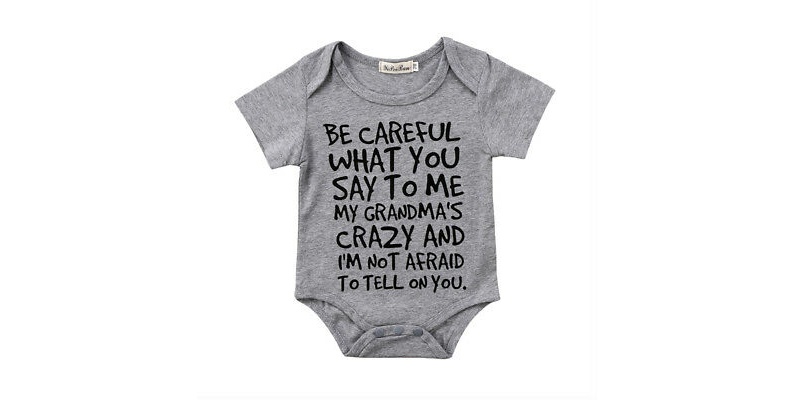
2. Limit RN Size Parts
Do not buy too much clothing for the newborn (size RN). Unless your child is born too early or too small, they will be rarely used: at most for a month and a few days, as babies grow very fast.
Foot overalls, for example, are great options because they keep the baby warm. However, they are easily lost with growth.
For this step, it is worth limiting the purchase of everyday newborn baby clothes to about 6 units of each basic piece, which includes short and long sleeve body, panties, socks, pants, overalls, and monkeys. It is also worth to include two or three jackets on this list.
3. Attention to growth jumps
In the first year of life, the baby is likely to triple its weight, making it necessary to renew the wardrobe every three months or so.
The greatest weight and height gain occurs between the third and sixth months. During this time, clothing sizes may vary by biotype: some children may grow some parts more easily than others. Therefore, the idea is to invest in versatile pieces such as trousers, two-piece sets, and dresses, for example.
Already between the ninth month and the first year of age, the speed of growth begins to slow and clothes last longer. Since you need to change a baby’s clothes several times a day, it is ideal that each type of garment has between 5 and 7 units available, with corresponding sizes for each 3-month phase.
Also, do not completely rely on the information on the labels: Baby clothes that indicate serving for children 3 to 6 months are usually suitable for the age of 3 months and not 6.
With this perspective, try to invest more in basic items and buy other parts over time as needed. So you can also enjoy better sales and more interesting promotions.
4. Remember frequent changes of clothes
If, on the one hand, one should not overdo the trousseau, on the other, it should be remembered that babies need to change their clothes several times throughout the day, either because of temperature change or because the pee has leaked from the diaper. Sometimes up to six exchanges are made in one day.
Therefore, the decision on the number of pieces still depends on the routine of the house. If you can wash your clothes often, the layette can be leaner. If your clothes will be washed every two or three days, provide more clothes.
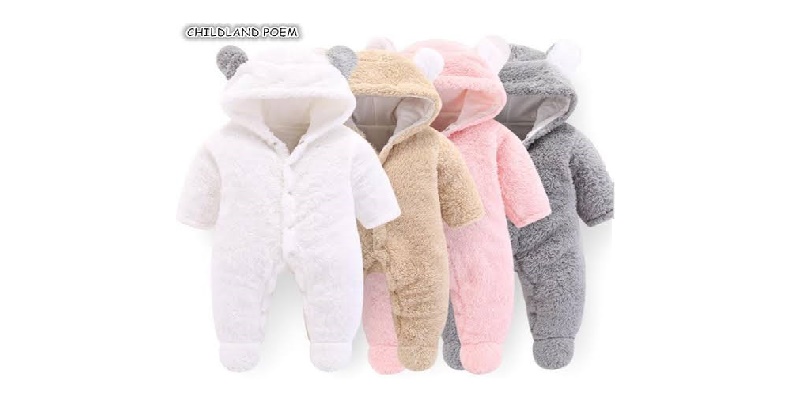
5. Every occasion is special to wear cute baby clothes
For sure, the most basic and comfortable baby clothes will be the most used. But we know that no mommy can resist getting those most beautiful and stylish pieces for newborn baby clothes!
So, to avoid overspending, just have two or three of these models for each level and don’t keep them in the closet – otherwise, you will only remember when they no longer fit! Consider that at this stage of life, every occasion is special enough, even a brief walk in the park or a selfie rocking Mom and Dad!
6. Know tricks to make baby clothes last longer
Even with the expectation of losing baby clothes, some hacks can help make the pieces useful longer. Ask other moms for advice and you’ll always have good answers! Some examples:
● For girls, dresses with more pliable and elastic waist fabrics keep pace with growth;
● For boys, button-downs can continue to be worn open with other clothes underneath. Still, rock the look!
● Skirts, trousers, shirts, and shorts are most useful if they have an adjustable waistband or inner buttons capable of expanding the waist area.
● For girls, some models of dresses, if they are wide, can be used as tops with leggings when the baby is older. A long life piece!
7. Choose the right colors
It is also worth remembering the importance of giving preference to lighter coloured pieces in newborn baby clothes: dark clothes absorb heat and can be uncomfortable for babies on an outdoor stroll, for example.
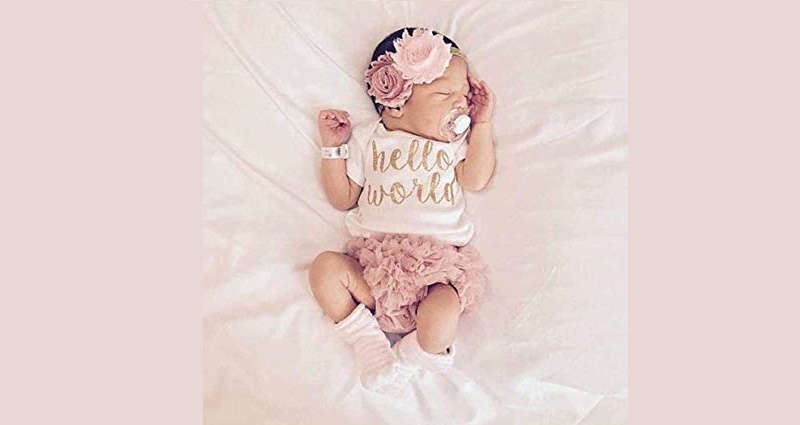
8. Understand Temperature Variations
Cold or hot? Babies are more sensitive to temperature changes. This is because, especially in the first three months of life, their skin is thinner and less resistant, which makes it difficult to regulate body temperature and makes them more prone to irritation and allergies.
Therefore, the choice of clothing will depend on the weather as well as the thermal changes they will face. Thus, if the day is very hot and the baby is staying at home or in places that do not have air conditioning, the mother can opt for a lighter outfit.
In the first months, it is advisable to keep the feet always protected; If they are too cold, it is time to reinforce the coat. At the time of the ride, however, get out of the way: take warm, cold clothes, socks, and a blanket.
9. Prevent skin irritation
In addition to interfering with temperature regulation, babies’ sensitive skin is more susceptible to irritation and allergies. Therefore, you must pay close attention to the details of the clothes, avoiding tight cuts and collars, various embellishments, embroidery, appliqués, zippers, hooks and buttons on the back. Velcro fasteners, side, and shoulder snap fasteners are preferred.
Also always check baby clothes inside out: sloppy finish, labels, and excess props are very annoying to children. It is important to note that all pieces should be easy to wear and take off to avoid skin friction.
10. Choose strategic fabrics
Also to ensure the comfort of newborn baby clothes, some types of fabric are better suited, such as 100% cotton natural fiber knitwear – especially Pima cotton, a very soft and practical Peruvian cotton version that can be machine washed and does not form balls.
Since the synthetic versions block the breathing of the skin, so it is good to be aware of the label information.
Shaggy surfaces such as sweatshirts, wool, and velvet look appropriate, but they are lint-free, allergic, and should be avoided. If you are going to buy them, opt for anti-allergenic wool.
Another type of fabric to avoid is linen: although it is a natural fiber, it is very rough and can also cause irritation, just like jeans.
These very structured fabrics must be dispensed so as not to limit the movement of babies when they begin to crawl. On the other hand, it is worth betting on tougher pieces for this phase of development.
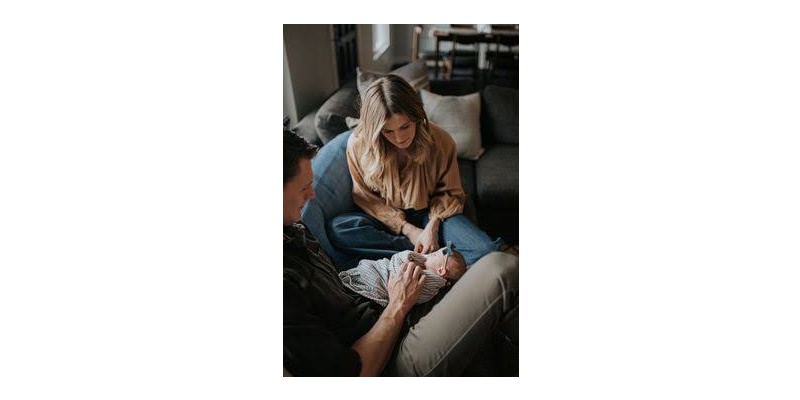
11. Baby Clothes Call for Quality and Safety
After all, what is the quality of newborn baby clothes? Summarizing some issues addressed so far and adding the safety factor, we suggest the following evaluation guide:
● Is the inner and outer finish well done or can it bother?
● Does the fabric guarantees freedom of movement for the baby?
● Is the tissue antiallergenic?
● Is the fabric able to withstand repeated machine washes?
● Are the props safe? – a badly nailed button, for example, may come off and the baby may swallow. It is important to check the firmness of all of them and to strengthen them if necessary.
● Do zippers, buttons, and zips work properly?
● Are there any props that could hurt the baby?
● Are there loose cords that can curl up somewhere and put the baby at risk?
Thoroughly review all baby clothes to avoid any unpleasant surprises in the future and ensure they remain in good condition in future pregnancies – or even to be donated.
12. More socks, less little shoes
Until the ninth month of life, it is very difficult to make babies have little shoes stay stuck on the feet. But leaving them uncovered is not a good thing either, because of the sensitivity of the skin and the cold. So a good choice is to buy socks that mimic little shoes. There are very creative templates that you will surely love!
These are just 12 tips that we think will help you pick out newborn baby clothes for your baby – clothes that they will love and so will you, because they will be safe and hassle free; plus will look cute to boot. We hope that these tips are helpful. If you have any tips of your own, something that you think will help new mothers, please feel free to share in the comments below.
Also Checkout: –
Top 6 Tips Every Parent Must Follow To Take Care Of Their Kids’ Teeth
How Monitoring Apps Can Protect Your Kids from Online Threats

